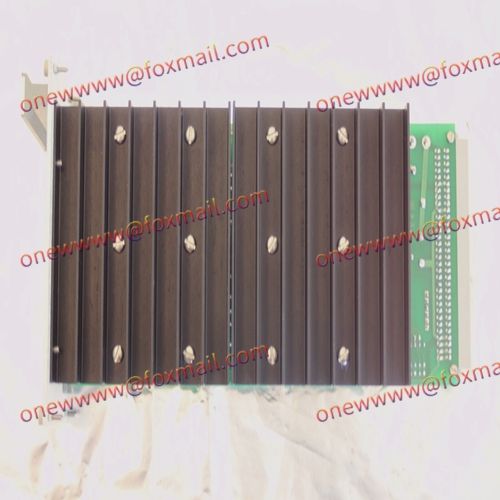AMAT 0100-00011 Digital Quantity Control Module
In general, a digital control module is a device used to control and operate digital signals. The following are some common product functions of the digital quantity control module:
Input and output: Digital control modules typically have multiple input and output channels for receiving and sending digital signals. It can read the input signals of external devices or sensors, and control the output signals based on preset logic and algorithms.
Digital signal type: This module supports different types of digital signals, such as switch signals, alarm signals, status signals, etc. It can read and control these signals to achieve corresponding logical operations.
Logic control: The digital control module can control the state of the output signal based on preset logic rules and conditions. It can perform Boolean logic operation, comparison operation and condition judgment to realize flexible control functions.
Status monitoring: This module can monitor the status of input signals in real time, and make judgments and responses based on set conditions. It can detect changes in input signals, situations that exceed thresholds, and trigger corresponding control actions.
Communication interface: The digital control module may support specific communication interfaces, such as Ethernet interface, serial port, Modbus, etc., for data exchange and communication with other devices or systems.
Programming and configuration: This module may support programming and configuration, enabling users to set parameters, Logic programming and customize functions according to specific needs.
Protection function: The digital control module may have protection functions for input and output signals, such as overvoltage protection, overcurrent protection, etc., to ensure signal stability and equipment safety.

